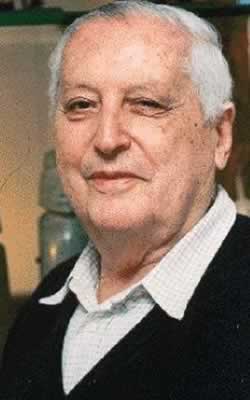
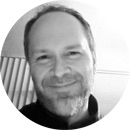
by Marc Gilson, Director of Client Services, Centerpointe Research Institute
When you think of people you know who seem to be living lives of happiness and success, what comes to mind? Chances are, you're not thinking about trials and tribulations, ordeals, trauma, or misery when you think of such people.
Some people just seem born to succeed. Some live charmed lives without much in the way of serious challenges or setbacks. They enjoy long vacations in sun-soaked exotic locations. They seem to have perfect spouses, perfect children, and live in perfect houses. If that's you, then I congratulate and am truly happy for you! But you can stop reading this piece now. It's not meant for you.
Welcome to the Real World!
If you're still reading this, well, welcome to the real world. Or at least a world most of us are more familiar with. In our world - yours and mine - cars break down, financial difficulties befall us, health issues arise, relationships take constant work, the refrigerator goes out during a heat wave, or the furnace decides to die just as the weatherman predicts a week of frigid temps.
Life can be tough and chaotic. And if you're like most people, you put a lot of effort into reducing the chaos and finding happiness wherever you can.
I'm well aware that this is precisely why so many people join the Holosync Solution Program. They want less chaos, more peace and happiness. That’s why it can be a little bit of a surprise for some Holosync® users to learn that one of the necessary ingredients in creating a life of peace and happiness is the very thing they're trying to avoid.
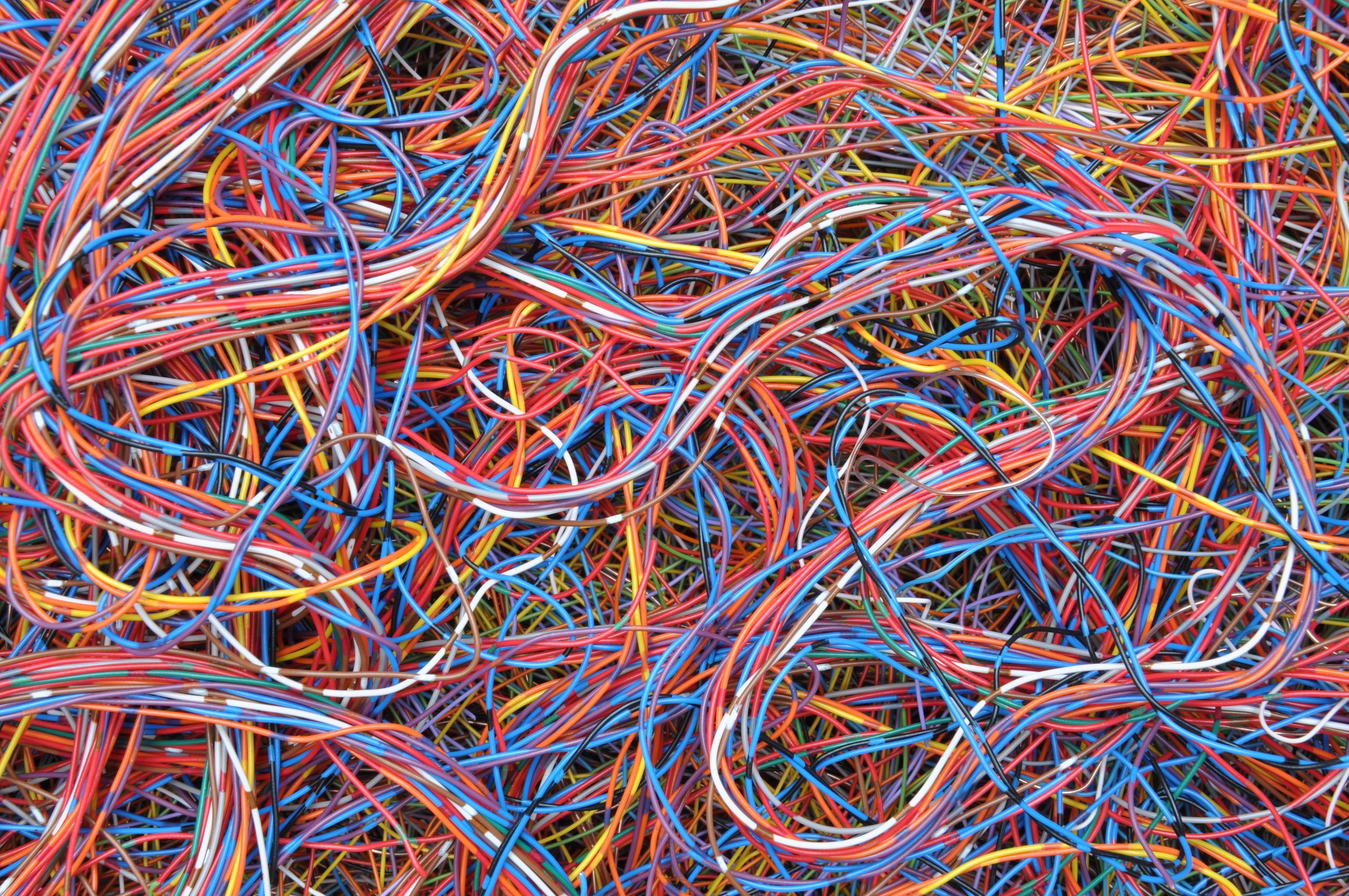
That's right: Chaos is key.
But isn't chaos bad? Doesn't it equate to stress? Well, yes. But perhaps not the kind of stress you're thinking of. Psychologists explain that there are really two types of stress. The first is distress, which is the kind most of us think of when we think of stress.
It's the "Oh no! I'm running late to work again!" kind of stress. Most of us are pretty familiar with this kind of stress and there's plenty of it to go around.
But there's another, lesser-known kind of stress, a more positive form of stress. It’s called "eustress." Eustress is what motivates us to get up in the morning even when we'd rather sleep in. It's what compels us to get to the gym, schedule that appointment with the dentist, or make that difficult phone call.
Eustress is stress we voluntarily endure for some higher benefit or payoff. In short, eustress is good stress.
When people join the Holosync Solution® Program, most of them aren't thinking about eustress. They're focused on reducing distress. And as anyone who has used Holosync® for a period of time knows, it definitely does reduce distress. But how? How can listening to a couple of carefully combined discreet pure tones have such a profound impact on something like stress?
In a sense, it does it by adding even more stress. Maybe not the best marketing strategy for something like Holosync! "More stress? Why in the world do I want more stress?? No thank you!"
Closed and Open Systems
Well, let me introduce you to a gentleman named Ilya Prigogine. Prigogine was a Russian/Belgian physical chemist and Nobel laureate who studied (among many other things) something called "dissipative structures."
Now, if you're not into science, don't worry. I'm not a scientist either, so I couldn't explain Prigogine's work in any real depth even if I tried.
In fact, for the purposes of this article, I want to zero in on a small part of Prigogine's work that helps explain how Holosync® works, and how significant improvements in everyday life occur as well.
Prigogine asked us to imagine a world made up of two different kinds of systems: open and closed. Closed systems are pretty easy to describe. They are represented by things like tables, forks, bricks, etc. The chair or sofa you may be sitting on right now is a closed system. Closed systems are "closed" because they are not able to accept the input of stimulus from the outside environment without breaking down in some way, big or small.
If we grab a chair and take it outside and leave it in the middle of a field, it will - assuming nobody comes along and moves it - simply sit there. And over time it will be exposed to hot sunlight, drenching rain, perhaps some wind and snow, and other elemental factors that eventually wear the chair down.
While it receives a lot of input and energy from the environment, the chair can't use that energy to grow or adapt. All it can do is sit there, quietly enduring whatever befalls it, until, eventually, the chair collapses. If we come back to check on our chair after a hundred years, chances are good there won't be much left of it at all. That's a closed system.
What about open systems? Imagine that nearby our poor old worn-down chair in the field there is a tree. Maybe an oak or pine. The tree is exposed to all the same sorts of environmental influences as the chair; the sun, rain, wind, etc.
But, unlike the chair, the tree is an open system. That means the tree can take in the forces and energies of those elemental factors and use them as fuel. In fact, the tree requires many of these forces in order to grow. Without some rain and wind every so often, the tree fails to grow.
Ever try to grow a tree in a dark, enclosed room where there is no rain or sun? It might seem like a safe place for the tree, but in such an environment the tree will die.
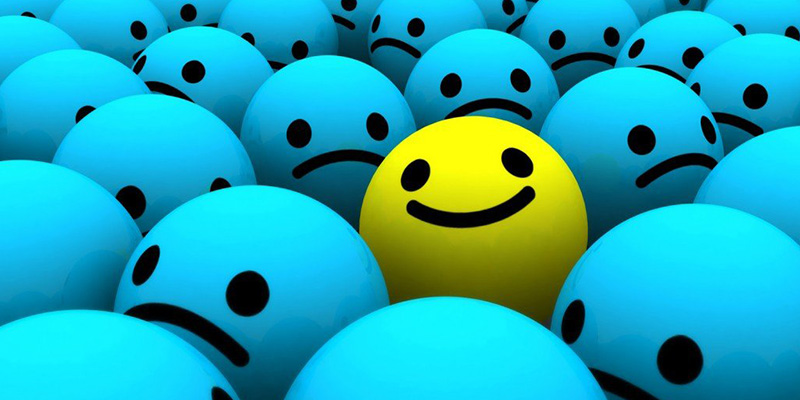
Good Stress
Perhaps you can see where I'm going with this. You, me, and everyone you know is an open system. We need a certain amount of rain, wind, and sun to grow. According to 'Prigogine-ish' reasoning, what we need is a certain amount of chaos. Or as he called it, “entropy.” (Entropy is just randomized energy). We need the challenges of eustress. We need a little nudge out of our comfort zone.
Without enough positive stress in our lives, we - like the tree in a dark room - will wither and die.
Holosync® is the best tool we know of to introduce some positive, healthy eustress into the open system of our brain. Feed the brain a little chaos and watch what happens; the brain is remarkably adept as reorganizing that chaos into something positive. Essentially, the brain is built to turn chaos into order.
Simply by listening to Holosync® daily, you can stimulate your brain to grow, adapt, and improve its functioning.
(And for much more on how Prigogine’s work formed the scientific basis for how Holosync works, be sure to check out Thresholds of the Mind, the first book by Centerpointe founder Bill Harris).
But even if you’re not using Holosync®, you can benefit by simply paying more attention to the difference between distress and eustress in your life. As we’ve seen, not all stress is negative. Some of it actually helps us grow. A little chaos now and then is just what we need push the brain to what Prigogine called “a higher order.”
Unfortunately, we often take a positive, eustressful experience and turn it into a distressful situation by how we react to it.
When we get into the habit of complaining, worrying, and fretting over positive eustress, we’re only suffering needlessly. There’s plenty of distress to go around, isn’t there? Why make things harder by fussing over the positive aspects of stress that actually keep us alive and growing?
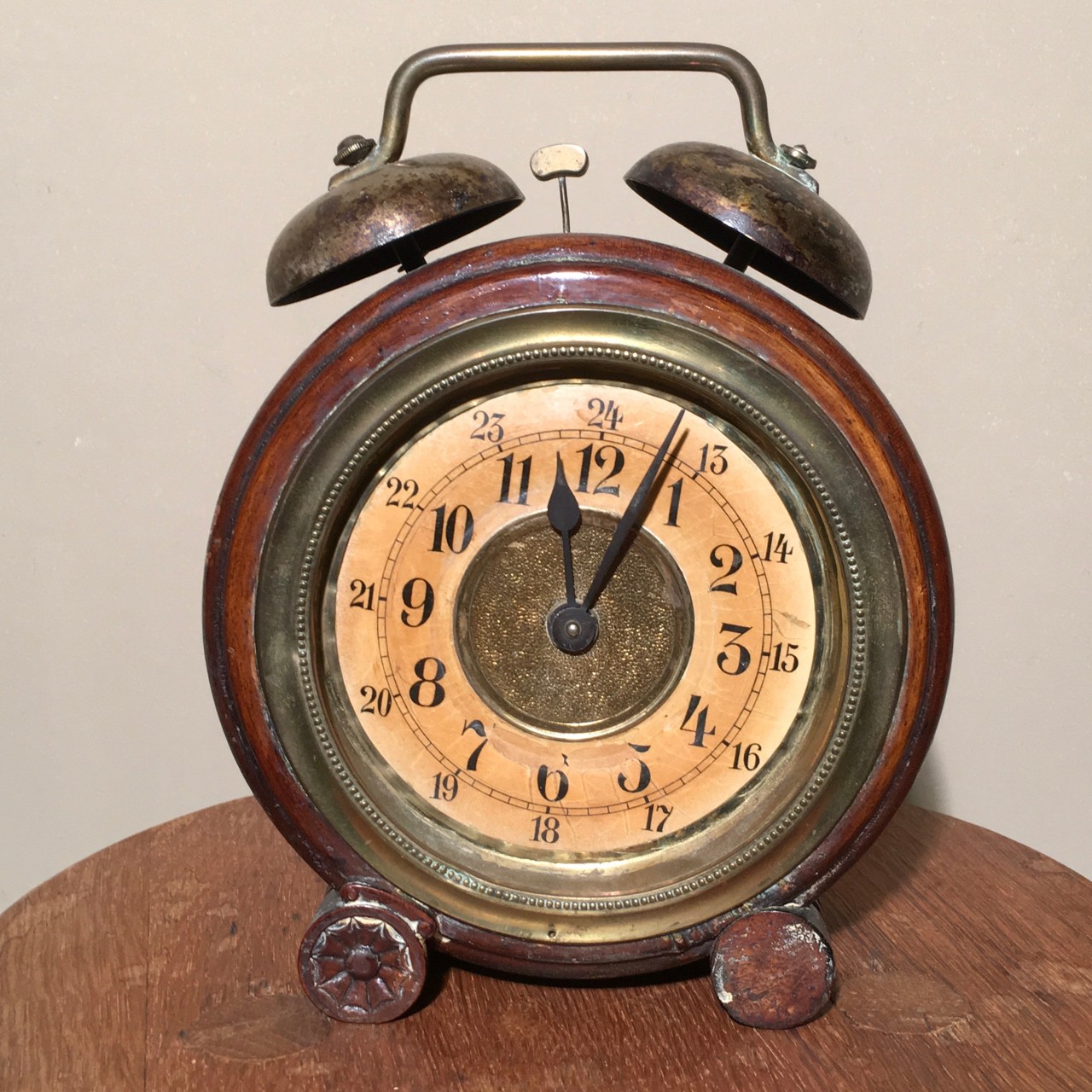
So the next time you grumble when the alarm clock goes off, or complain about going to the gym, remember that this kind of stress is all part of a larger picture. In fact, if you want to get "Zen" about things, all forms of stress - and all experience in life - is part of a larger picture that makes up our reality. Even those potentially distressing experiences might just hold a certain subtle potential for growth if we can manage to learn from them.
Spend some time thinking about the things in your life that stress you out. And when you notice yourself applying a distressful response to what is actually a eustressful situation, use the opportunity to remember that not all stress is bad. Chaos is fuel for an open system, like you.
In fact, with chaos, comes genuine opportunities for change. Don’t fear a little chaos now and then. It’s the key ingredient to growth…
...and you wouldn’t have come this far without it.
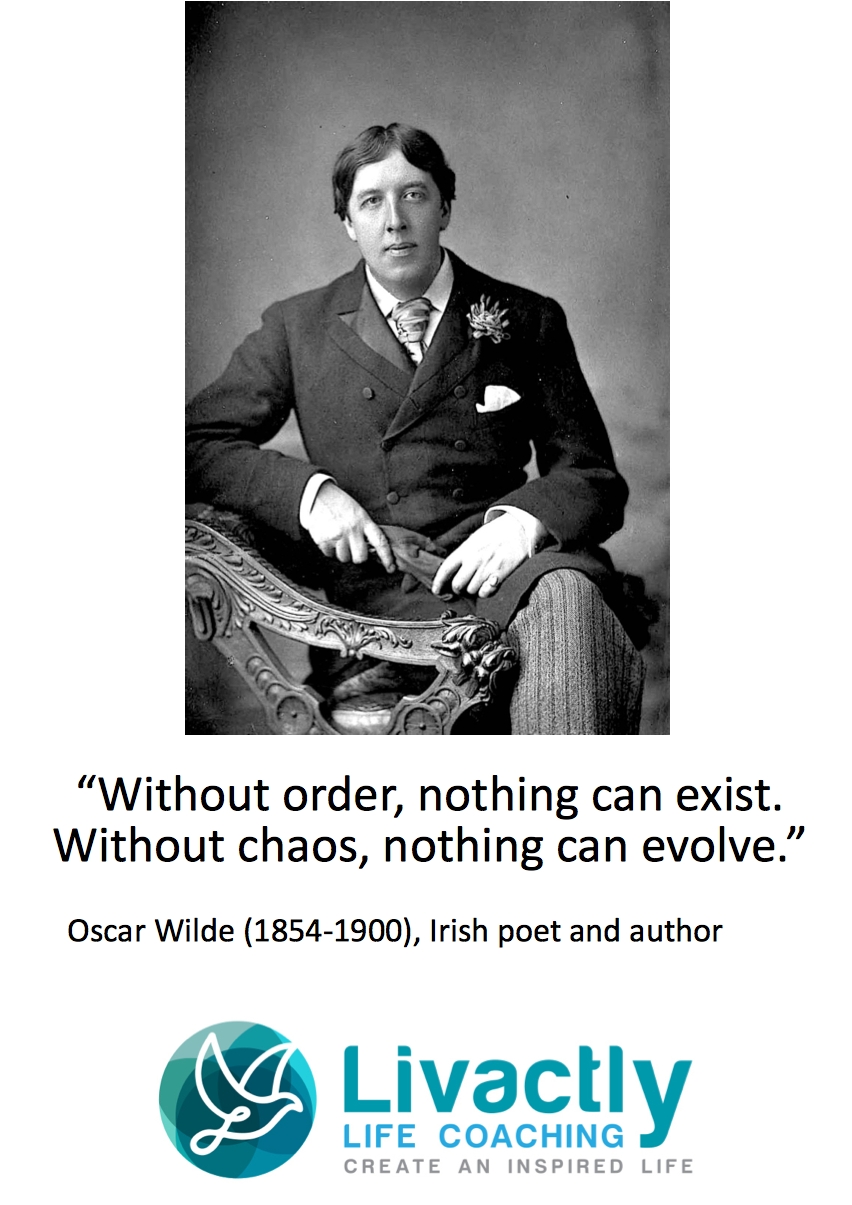
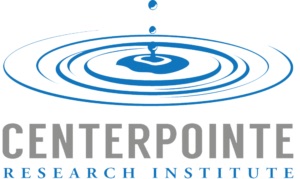
About Centerpointe Research Institute
Centerpointe Research Institute was founded by the late Bill Harris in 1989.
The Institute produces as it’s flagship a product called ‘Holosync®,’ an audio program formulated to recreate the brain wave patterns of experienced meditators.
If you use this program daily, you can achieve the same results in 8 times the time it takes for traditional meditation.
If you would like to get a free e-book called ‘The New Science Of Super Awareness’ by Bill Harris, please visit this web site.
When you sign up, you will also be able to get the audiobook version for free, as well as a free demo of Holosync®.

